Ultra Wide-Angle Lenses
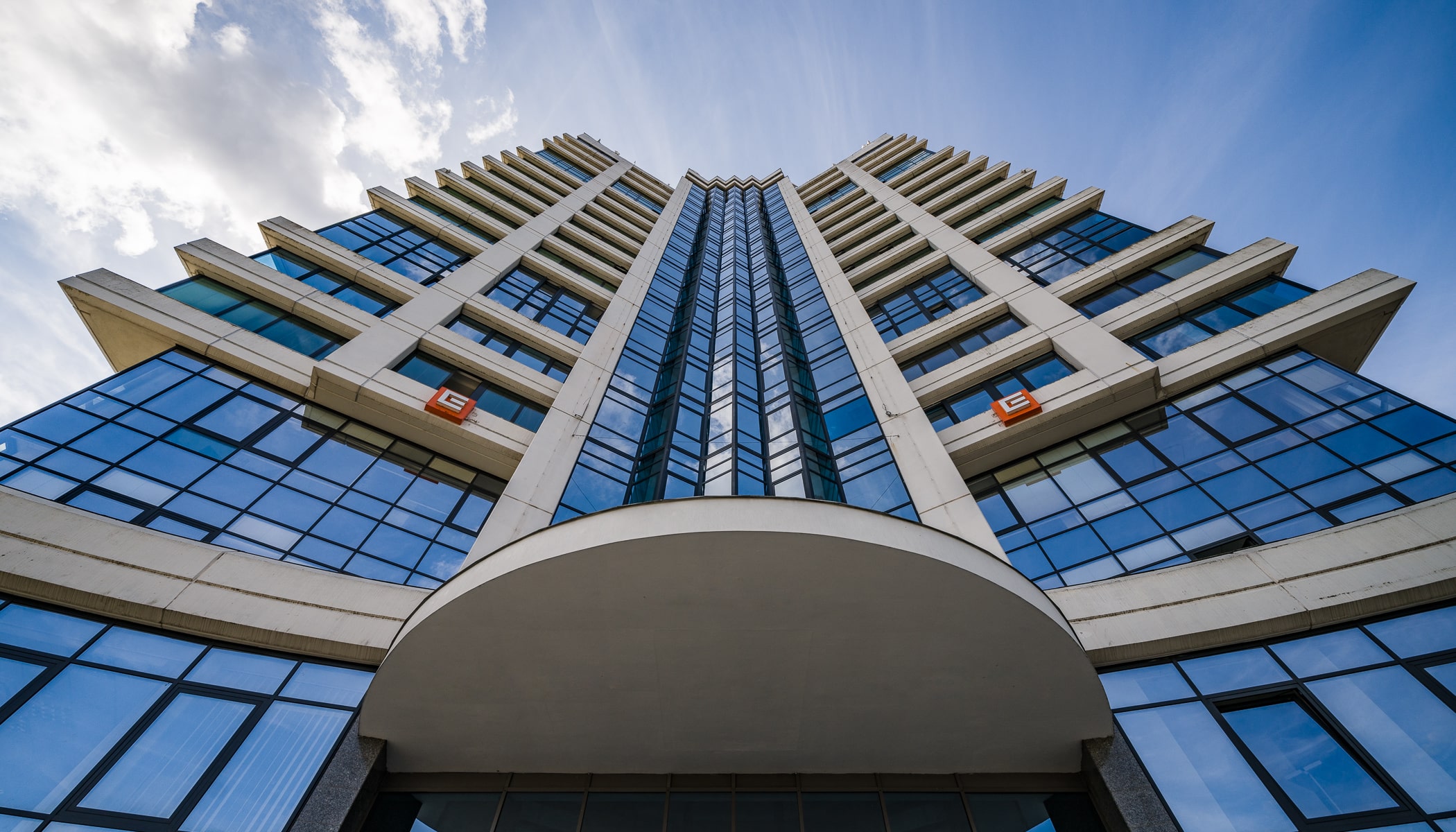
Ultra wide-angle lenses aren’t for everyone. But there are times when they can seem irreplaceable. These lenses can capture an extremely wide field of view, which may distract viewers. How can you use ultra wide-angle lenses properly and when do they come in handy?
What lenses are considered ultra-wide
Any lens with a focal length below 24mm is considered ultra wide-angle. Everything listed here is converted for a full-frame sensor. If you have a smaller sensor, these numbers will be lower.
A typical ultra wide-angle lens is a 16-35mm zoom, either f/2.8 or f/4.
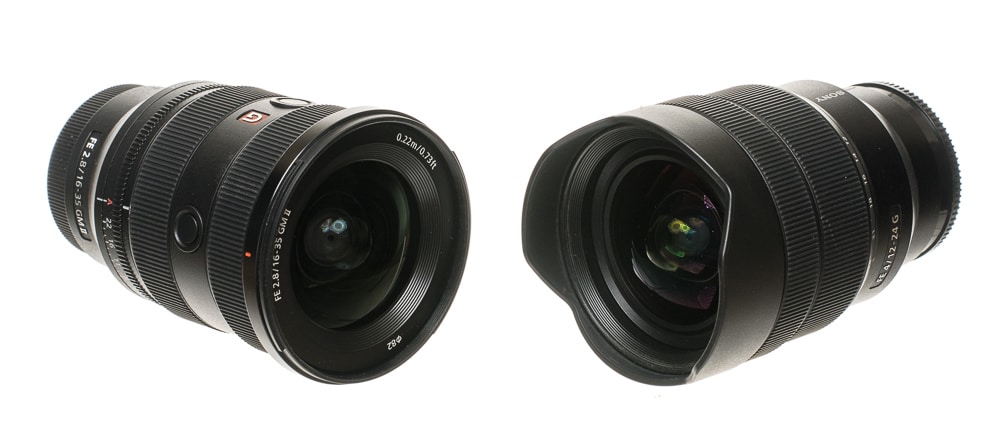
There are much wider lenses out there. The most extreme lenses are known as fisheye lenses, which result in significant image distortion. In this article, I’m discussing what’s known as rectilinear lenses, which still have relatively normal output and images have straight lines.
At the time of writing, the widest lens is made by Laowa and has a focal length of 9mm with a diagonal angle of view of 135 degrees. Brightin Star also has a 9mm lens, but “only” 132 degrees. With focal lengths this wide, every millimeter counts. To give you an idea, the more common 16mm lens gets a diagonal angle of view of only 107 degrees.
Advantages of wide shots
With an ultra wide-angle lens, you can get an entire building in the frame, even if you don’t have space to move back. This is also important when shooting interiors. Not only does the entire room fit in the frame, but the perspective makes it look bigger.
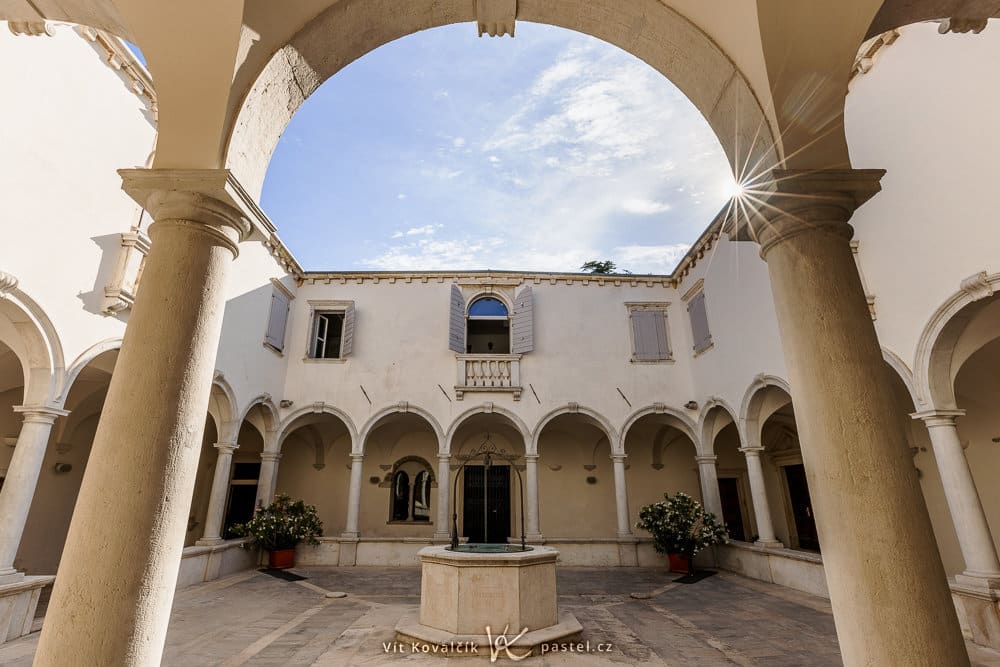
Canon R5, Canon 16-35/2.8 III, 1/1000s, f/10, ISO 100, focal length 16mm
When I shoot panoramas, I bring the widest lens I have. With a higher focal length, I don’t need to take as many photos.

Canon R5, Canon 16-35/2.8 III, various exposures, f/9, ISO 100, focal length 16mm
Ultra wide-angle lenses are also popular with astrophotographers because they can use them to capture a large part of the Milky Way, or even include objects on Earth.
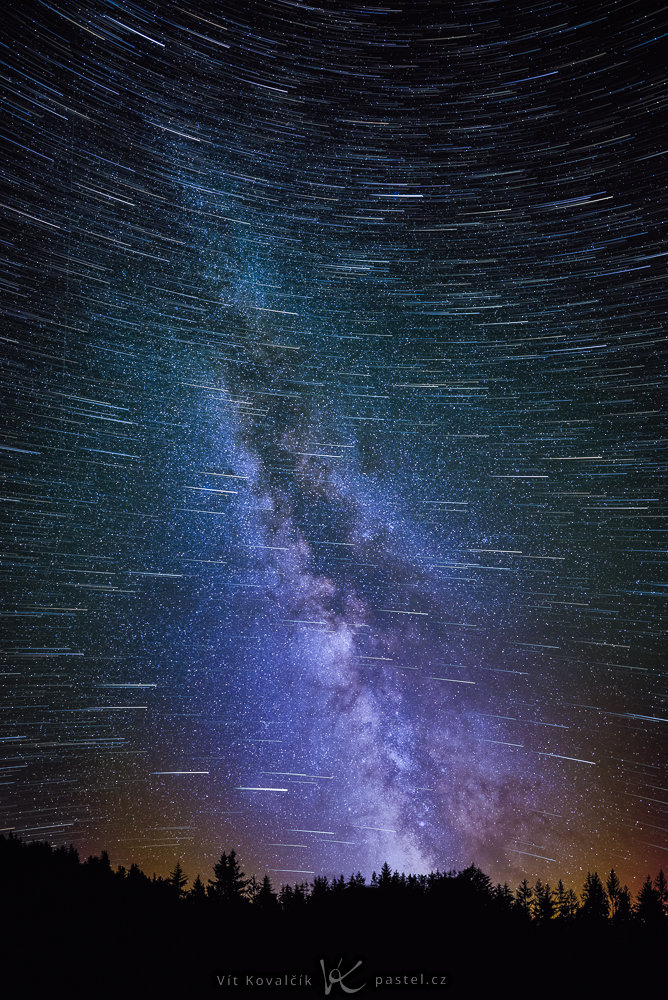
Canon 5D Mark IV, Canon 16-35/2.8 III, all images 10s, f/2.8, ISO 1600, focal length 16mm
Large depth of field
The large depth of field is also useful for increasing the width of the frame. This allows you to capture the contrast between a distant and very close subject, while still having both perfectly in focus.
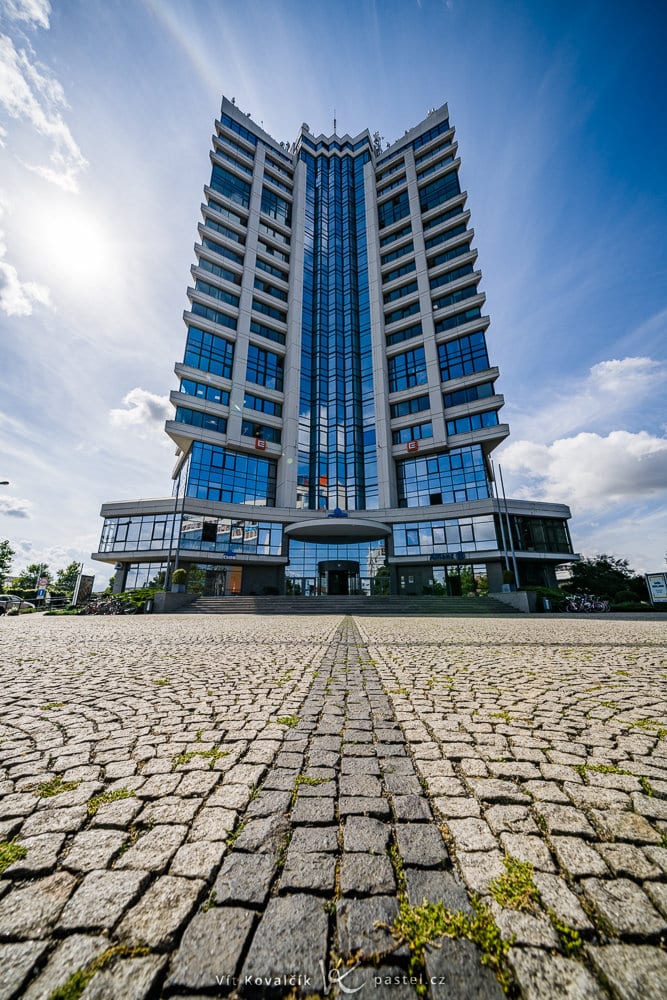
Sony A7R V, Sony 12-24/4, 1/500s, f/8, ISO 100, focal length 12mm
A large depth of field also means that lenses with only manual focus are relatively easy to use. This can save you a fair amount of money. Just know that if the lens has no electronic components, the camera doesn’t know that the lens is mounted.
Image stabilization on the sensor won’t work automatically so you have to manually set the focal length in the menu. This is manageable with fixed focal length lenses, but with zoom lenses, you basically lose image stabilization.
Be careful with composition

The wider the lens, the larger close objects appear. Conversely, the most distant objects shrink quickly.
This may seem trivial, but ultra wide-angle lenses push everything to extremes and you need to know what’s going on. For example, compare two photos of the same scene taken on a 19mm and 12mm. The first photo is very wide, but the second is extreme.
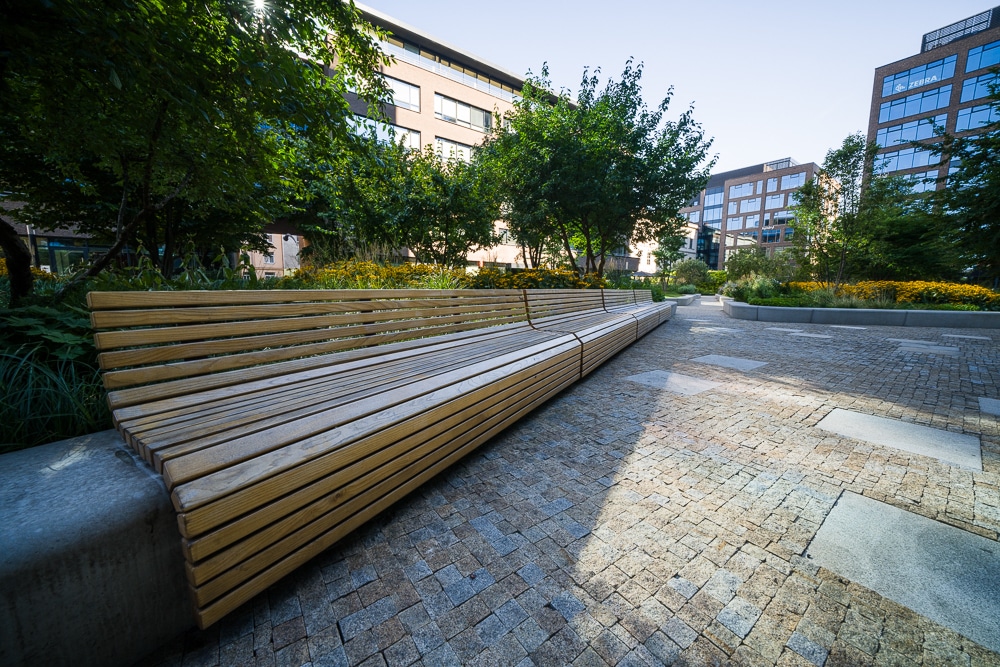
Sony A7R V, Sony 12-24/4, 1/30s, f/11, ISO 160, focal length 12mm
Note that in the 12mm lens photo, the nearest bench occupies the space from the edge to the center of the frame. The other benches quickly shrink and the seven-story building in the background is relatively small.
When shooting objects in the distance (landscapes, cities, etc.), it’s often hard to fill the frame in a meaningful way. A possible solution is to put a more prominent subject in the foreground to contrast with the background. Alternatively, you can use a framing technique and add foliage, nearby architecture, a window frame, or anything else to frame the image.
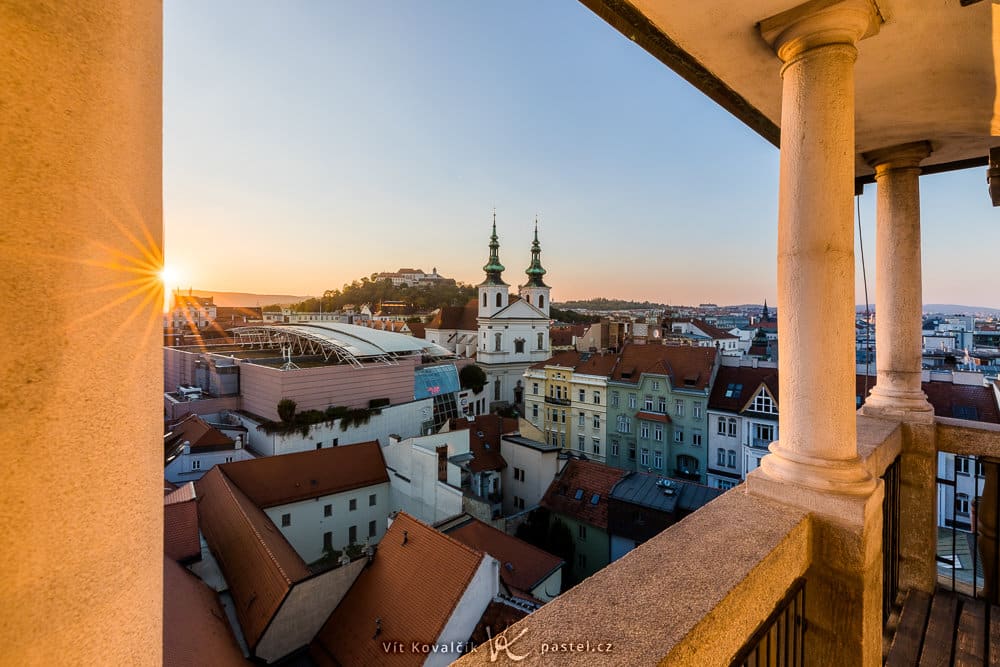
Canon 5D Mark IV, Canon 16-35/2.8 III, 1/200s, f/14, ISO 100, focal length 16mm

Watch out for people in your photos—If possible, don’t have them at the edges of the photo. Unusual perspective causes distortion and the corners appear stretched.
Converging lines
With ultra-wide focal lengths, there are very noticeable converging lines on buildings when looking up. A possible solution here could be to straighten them in post-processing. But remember, you’ll lose part of the image when doing so. Another option is to keep the camera level, but then you get an unnecessary amount of foreground.
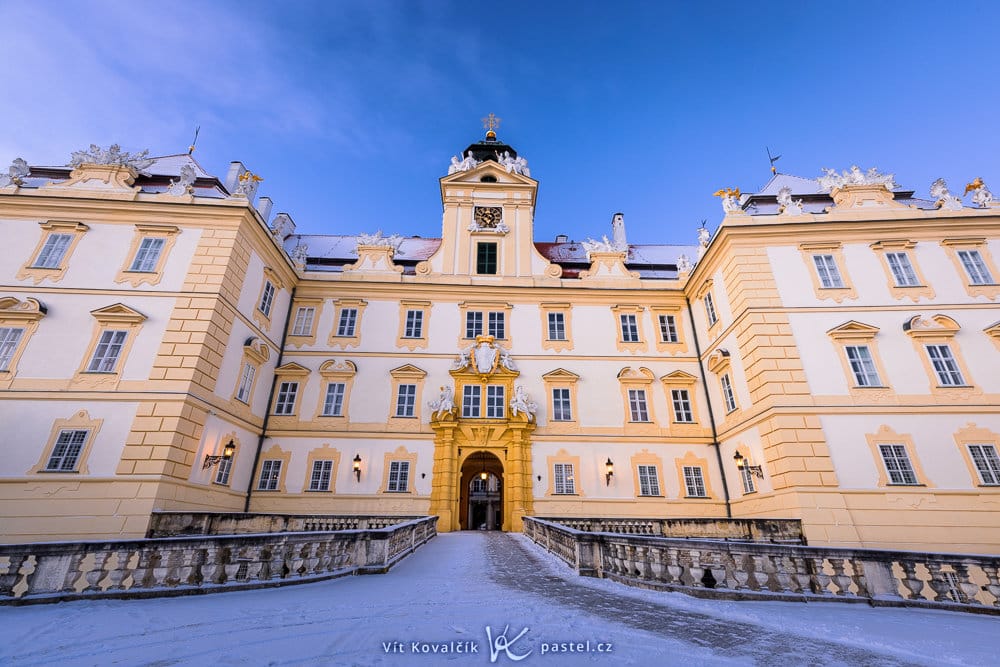
Canon R5, Canon 16-35/2.8 III, 1s, f/11, ISO 100, focal length 16mm

Canon R5, Canon 16-35/2.8 III, 1s, f/11, ISO 100, focal length 16mm
The best option is to use a specialized tilt-shift lens. However, because of its cost, this is not a realistic option for most photographers.
Filters
The last thing I want to discuss is the use of filters, which is more complicated with ultra wide-angle lenses. Many don’t even have a normal filter thread and filters are held in with awkward glass holders, back threads, drop-in slots, and other untraditional holders. Otherwise, you can’t use the filter at all.
Even with lenses with normal front threads, you have to be careful not to get the filter in the corners of the frame, where it can darken the image. Filters with thin frames are less likely to have this issue.
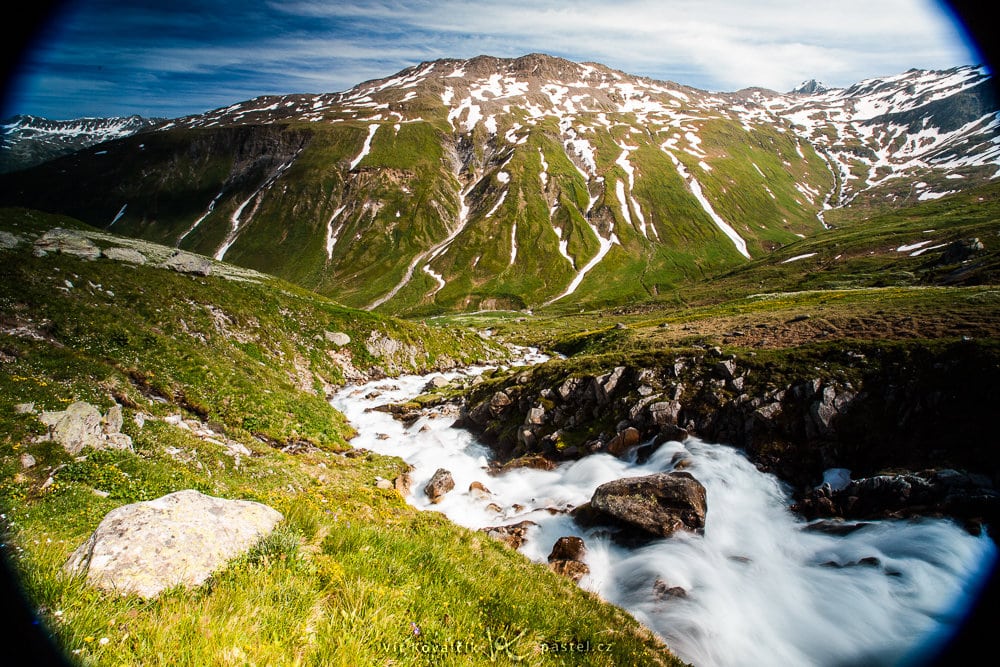
Canon 5D Mark III, Canon 16-35/2.8 II, 0.3s, f/14, ISO 100, focal length 16mm
Ultra-wide is ultra useful
I use ultra wide-angle lenses quite frequently. They’re not really suitable for portraits, but they’re great for architecture and landscapes. I can’t imagine certain shoots without them.
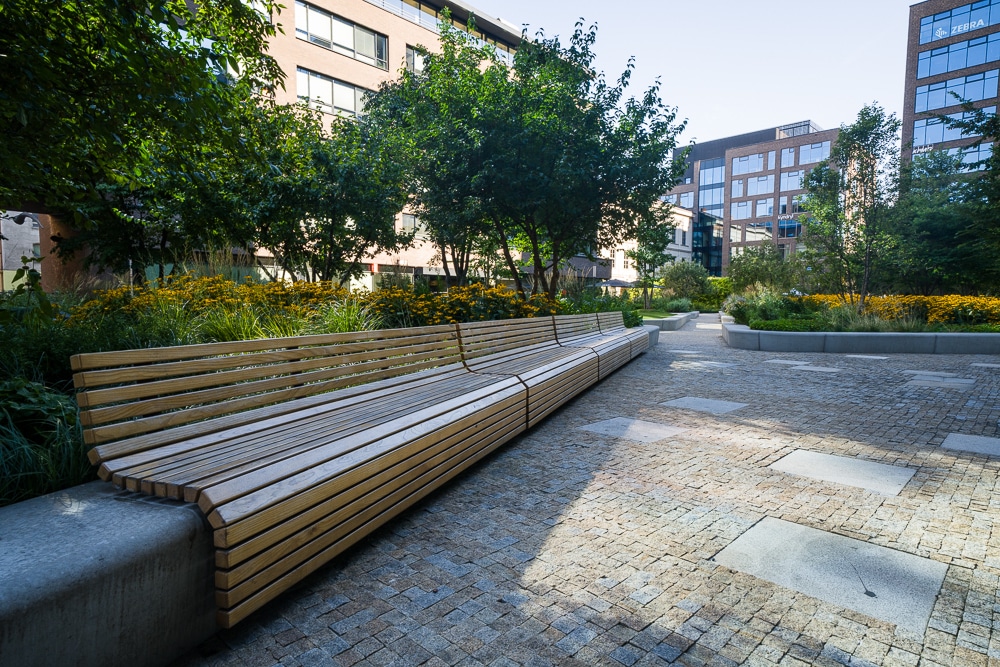

young paik
I would like to hear more information